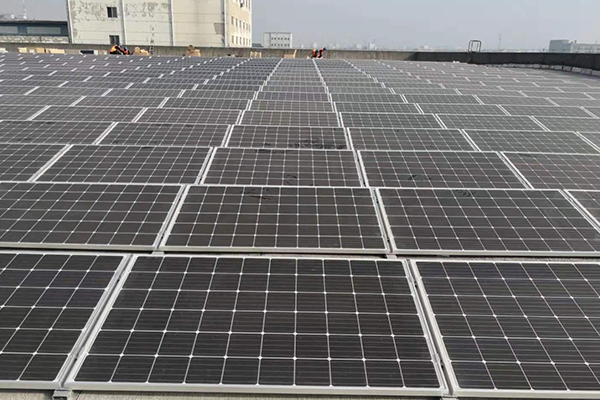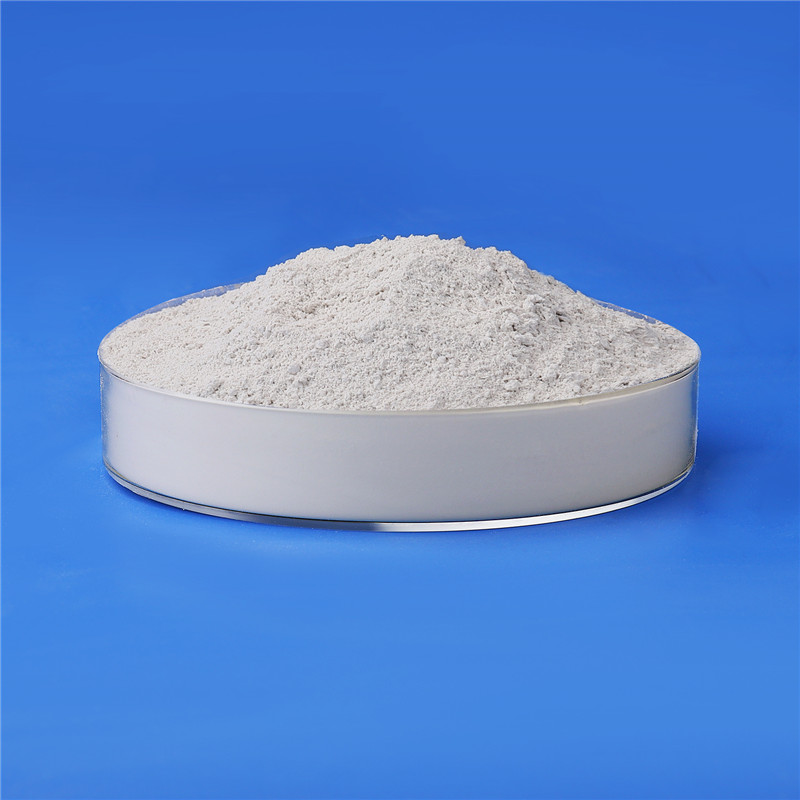A Critical Yet Often Overlooked Component
In the dynamic and rapidly advancing realm of electric vehicles (EVs), the battery cold plate, despite its paramount importance, remains an often underappreciated component. It plays a pivotal and indispensable role in sustaining peak performance and extending the service life of lithium-ion batteries through efficient thermal management.
Ensuring Effective Thermal Regulation
The fundamental function of a battery cold plate lies in thermal regulation. During charging and discharging, batteries generate heat. Without proper control, this heat can lead to performance deterioration, reduced efficiency, and even pose significant safety risks, such as thermal runaway. Acting as a heat sink, the cold plate absorbs excess heat and transfers it away from the battery cells. This is typically achieved through an integrated coolant loop within the plate. As the coolant circulates, it extracts heat from the cold plate, thereby ensuring that the battery operates within a stable temperature range, generally between 20°C and 40°C.
Material Selection and Advanced Manufacturing Techniques
In the design of cold plates, material selection is of utmost importance. Aluminum alloys are predominantly used due to their excellent thermal conductivity, lightweight properties, and resistance to corrosion. These attributes not only enhance performance but also contribute to the long-term durability of the cold plate. Advanced manufacturing techniques, such as hydroforming and friction stir welding, are employed to create complex geometries that maximize heat transfer and optimize coolant flow.
Future Trends and Growing Importance
Looking ahead, the evolution of battery cold plates is expected to focus on improving energy efficiency, reducing production costs, and achieving seamless integration with emerging battery chemistries. As EV adoption continues to rise and these vehicles become more prevalent in the market, the importance of the cold plate in ensuring reliable and safe battery operation will only grow stronger, solidifying its role as a vital element in the future of electric mobility.



